Maurice Sendak, brilliant picture book creator, dies
 Tuesday, May 8, 2012 at 11:09AM
Tuesday, May 8, 2012 at 11:09AM Maurice Sendak — the acclaimed, innovative, and challenging children’s picture book illustrator and writer — 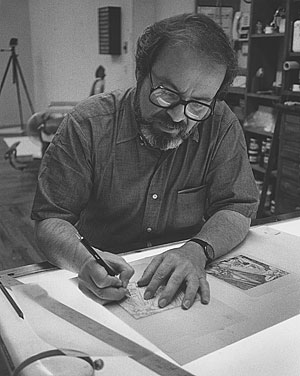 Maurice Sendak signing the ""Faithful Nutcracker"" lithograph at Tyler Graphics Ltd., Bedford Village, New York, 1984. Kenneth Tyler Photographerdied Tuesday at 83 in his Connecticut home. Sendak’s detailed knowledge of book illustration combined with his ability to create beautiful picture books that dealt with difficult subjects for children positioned him as a acclaimed traditionalist who brilliantly broke conventional boundaries of children’s literature. He is the Randolph Caldecott of American picture books.
Maurice Sendak signing the ""Faithful Nutcracker"" lithograph at Tyler Graphics Ltd., Bedford Village, New York, 1984. Kenneth Tyler Photographerdied Tuesday at 83 in his Connecticut home. Sendak’s detailed knowledge of book illustration combined with his ability to create beautiful picture books that dealt with difficult subjects for children positioned him as a acclaimed traditionalist who brilliantly broke conventional boundaries of children’s literature. He is the Randolph Caldecott of American picture books.
[Since I have posted this, WGLT's Charlie Schlenker posted his interview of me today about Sendak. Here's a link to that interview where I add to this blog post.]
Sendak distinctly changed children’s literature with his famous trilogy of Where The Wild Things Are (1963), In the Night Kitchen (1970), and Outside Over There (1981). He said that these books are about the same themes —boredom, fear, frustration, jealousy — and how children manage to come to grips with the realities of their lives. He was often confronted by adults who found his books “troubling and frightening.” He accused them of wanting to sentimentalize childhood. Sendak understood that children want to confront their fears and work through them.
Sendak believed that children deserved well-designed, beautiful books. At the same time, he fearlessly wrote about difficult subject matters. While parents, critics, and librarians may not have warmed to some of the topics, Sendak’s books were best sellers precisely because the topics they addressed touched a nerve while being stunning works of art.
Not only was Sendak a brilliant picture book creator, he was also an insightful critic. His brilliant essays in Caldecott & Co.: Notes on Books and Pictures (1990) ought to be read by anybody interested in children’s literature and picture books. Sendak had an appreciation and sweep of understanding of both illustration and picture books that informed his work and is evident in these valuable essays.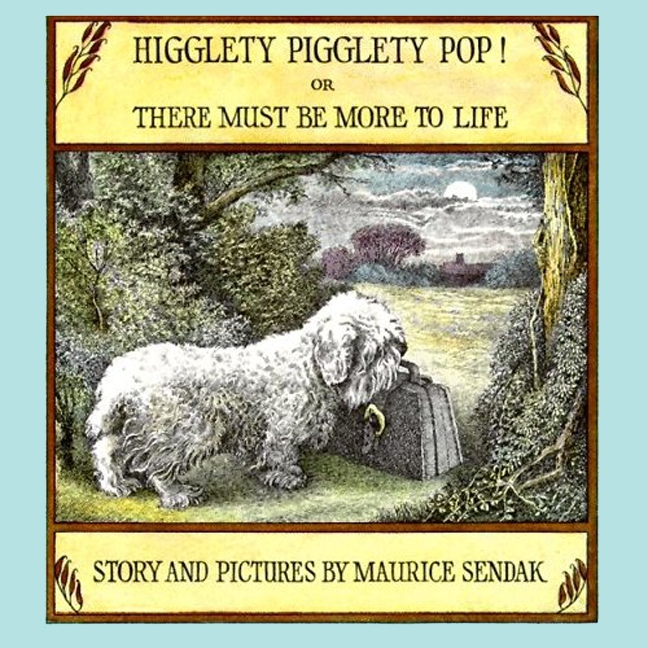
In 1997, I nominated Sendak to be an Honorary Fellow of the Modern Language Association. He is the only children’s picture book author to be in the company of authors who were nominated and elected since 1959 including such writers as Gabriel Garcia Marquez, Carlos Fuentes, Toni Morrison, Tom Stoppard, Margaret Atwood, and Seamus Heaney. While Sendak was unable to attend that year’s MLA, he was courteous and collegial in our correspondence.
Sendak said that
“a picture book is not only what most people think it is, an easy thing to read to small children with a lot of pictures in it. For me, it is a damned difficult thing to do… very much like a complicated poetic form that requires absolute concentration and control.”
A fitting book to read upon Sendak’s death may be Higgelty Pigglety Pop! or There Must be More to Life (1967), which he later developed into an opera – one of many opera projects that he collaborated on beginning in the 1980s. Containing some of his best illustrations, the book is about Sendak’s beloved shaggy dog Jennie, a Sealyham Terrier.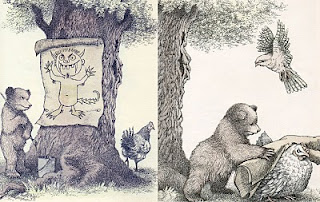 The Little Bear series is great for early readers. This illustration is from A Kiss for Little Bear with illustrations by Sendak, story by Elsie Holmelund Minarik
The Little Bear series is great for early readers. This illustration is from A Kiss for Little Bear with illustrations by Sendak, story by Elsie Holmelund Minarik
To read more about Sendak, I would suggest John Cech’s Angels and Wild Things: The Archetypal Poetics of Maurice Sendak and Amy Sonheim’s Maurice Sendak in the Twayne United States Author Series. The Rosenbach Museum and Library in Philadelphia has Sendak's papers and always celebrates his work with stylish enthusiasm. Worth visiting if you are in Philadelphia.
And to see perhaps one of the last interviews of Sendak, check out Stephen Colbert’s interviews with him in January 20120 (here's part 2). In this lively interview, Sendak is curmudgeonly, gracious, gregarious, spunky, liberal, gay, free-wheeling, slightly mean, and smart. "I don't write for children. I write and somebody says that's for children. I didn't set out to make children happy," he says.
Yesterday, I gave my final exam in the ENG 372: Studies of Contemporary Literature for Young People. Sendak appeared in his illustrations and quotations. I am sure he would have hated it, but his place in the canon of children’s literature is undeniable.
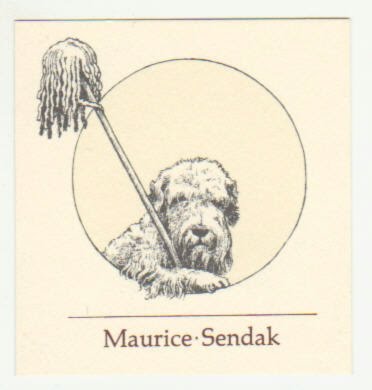 Sendak's bookplate
Sendak's bookplate

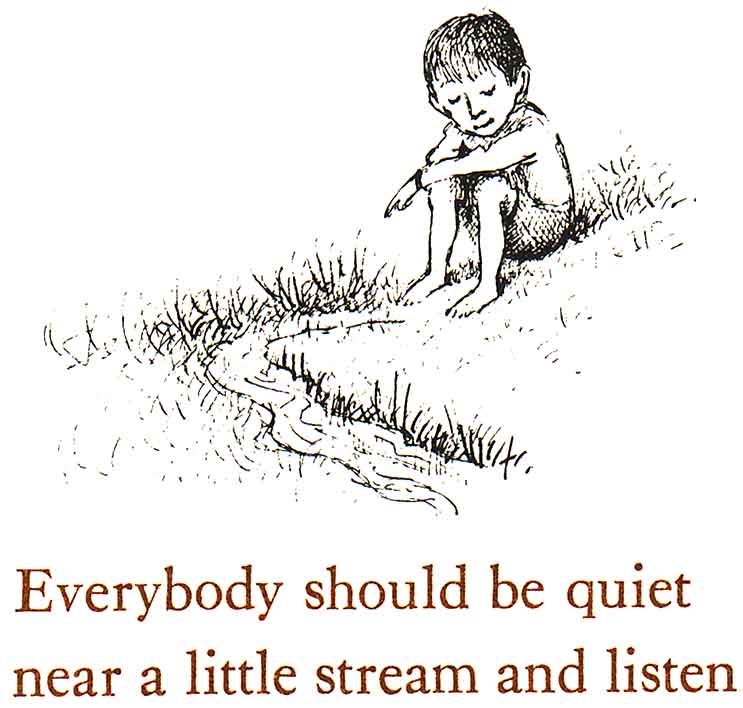
 Caldecott,
Caldecott,  Higglety Pigglety Pop,
Higglety Pigglety Pop,  In the Night Kitchen,
In the Night Kitchen,  John Cech,
John Cech,  Little Bear,
Little Bear,  MLA,
MLA,  Maurice Sendak,
Maurice Sendak,  Outside Over There,
Outside Over There,  Sendak,
Sendak,  Stephen Colbert,
Stephen Colbert,  children's book,
children's book,  children's literature in
children's literature in  Banned Books,
Banned Books,  Sendak,,
Sendak,,  boys reading,
boys reading,  childhood,
childhood,  children's literature,
children's literature,  courses,
courses,  picture books,
picture books,  popular culture
popular culture  Email Article
Email Article  Permalink
Permalink 